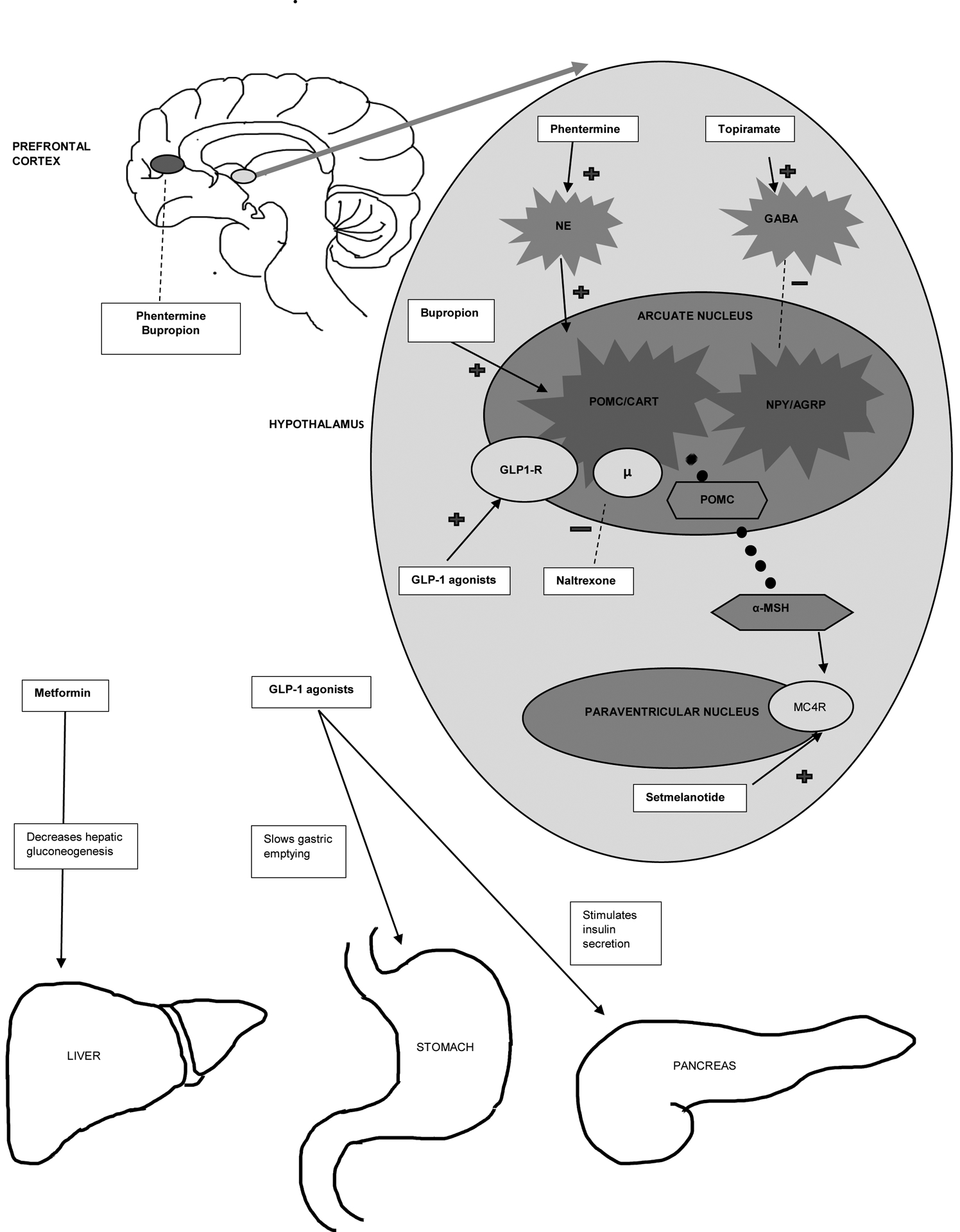Figure 2: Sites and mechanism of action of various anti-obesity medications. (Original representation).

The hypothalamic region of the brain is the primary site of action of many anti-obesity medications. The arcuate nucleus of the hypothalamus harbors the proopiomelanocortin (POMC)/cocaine and amphetamine regulated transcript (CART) neurons as well as the agouti-related peptide (AgRP)/neuropeptide Y (NPY) neurons. Activation of POMC/CART results in decrease food intake and increased resting energy expenditure (REE)and activation of AgRP/NPY results in is orexigenic effects. The main product of POMC/CART neuron activation is POMC. POMC undergoes proteolytic cleavage to produce many active peptides. Alpha melanocyte stimulating hormone (α-MSH), a product of POMC acts as a ligand to Melanocortin 4 receptor (MC4R) located on the neurons of the paraventricular nucleus of the hypothalamus. Activation of the melanocortin pathway leads to increased REE and decrease in food intake. Various medications exert the weight loss effect by central and/or peripheral mechanisms as illustrated in the figure.
NE: Nor epinephrine; GABA, gamma-Aminobutyric acid; GLP-1, glucagon-like peptide
